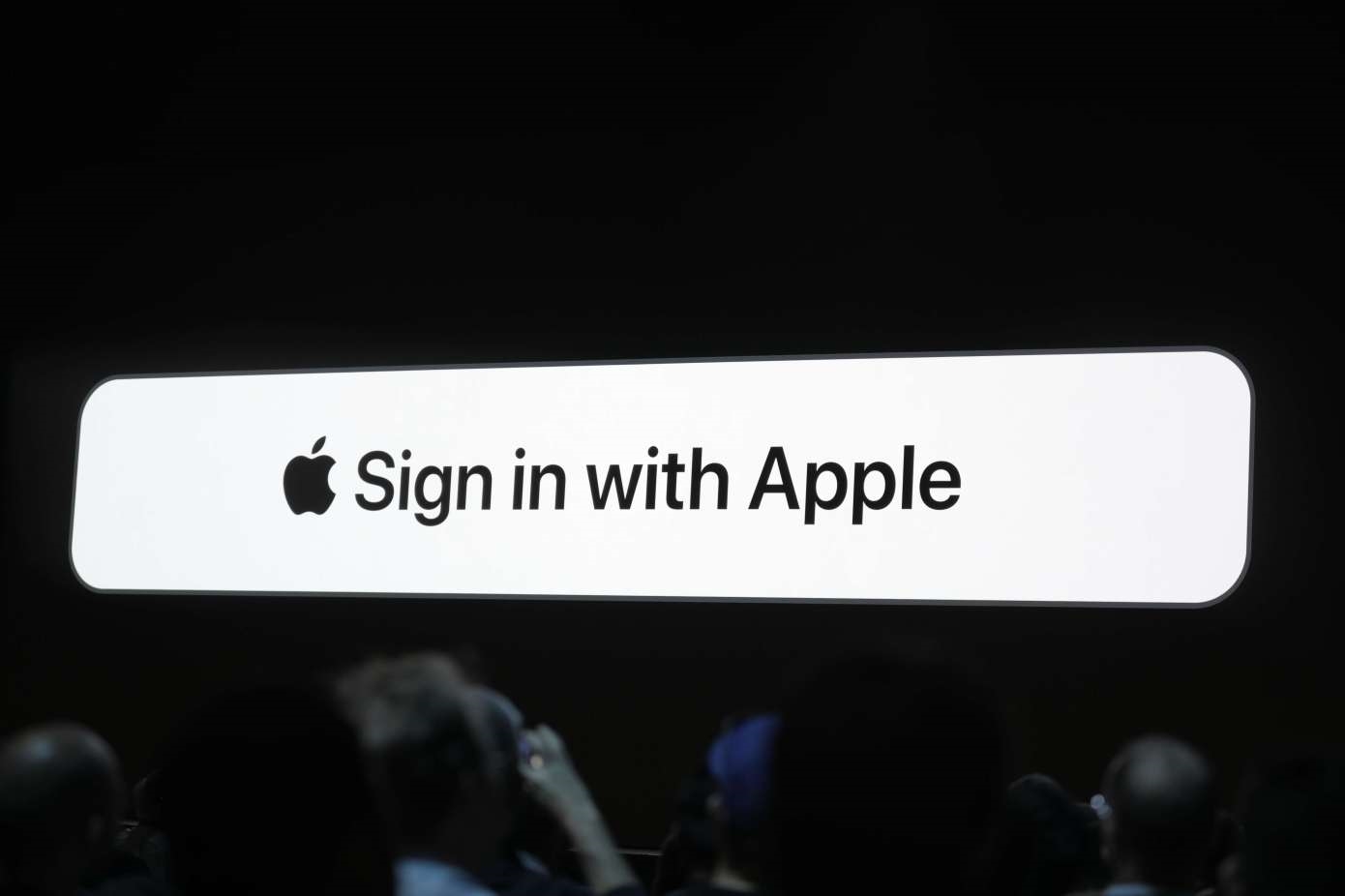Innovation now for a cookie-less future, logins are not the answer
The login solution could fall apart if Apple users adopt “Sign in with Apple.”

The ad tech industry has a history of innovation, which is why I’m optimistic for our profession’s future during these unprecedented times. Invention was born out of hard times before. Now is a time to come together, as we have a big challenge on our hands with the demise of the third-party cookie.
The most popular solution posed is substituting individual logins for cookies, which would, in theory, enable marketers to track consumers across sites and devices. But is it really viable?
The odds are stacked against it mainly because it assumes a major shift in consumer behavior.
There are many reasons why most consumers don’t identify themselves when visiting a site. Taking privacy and ease aside, most publishers are fighting for eyeballs and are reluctant to demand visitors to identify themselves.
Some initiatives suggest campaigns to educate the consumer on the value of logging in. Will it work to convince users to log in after being accustomed to accessing information anonymously for the past 20 years? Only time will tell. And if this does take off, many small publishers where consumers will not see the value of disclosing their identity will struggle to stay in business as a result of losing half their revenues.
And what about the advertisers themselves – the e-commerce sites?
How would you feel if when entering a brick-and-mortar store, the salespeople stopped you and demanded that you show them your ID in order to check out the store merchandise?
You get the idea. The e-commerce website will not ask visitors to identify themselves, leaving us with the typical stat where 95% of site visitors are unknown to most of these sites. As a result, the advertiser won’t be able to retarget those site visitors elsewhere, even if those site visitors do log in to some publisher websites.
Another interesting point of consideration is how consumers may get around having to log in to every site if it were adopted as the formal solution. There already is a growing use of fake email addresses or one-time email addresses to log in. In fact, Apple offers this type of solution, and not just on Apple devices, but on other platforms like Android or Windows. Put plainly, the login solution could fall apart if Apple users adopt “Sign in with Apple” since the email address used on each and every website and app will be different. No cross-site and app targeting.
What are you? Optimistic or pessimistic? How do you think things will evolve?
My last questions are more relevant than ever in today’s COVID-19 stricken environment.
Opinions expressed in this article are those of the guest author and not necessarily Marketing Land. Staff authors are listed here.
Marketing Land – Internet Marketing News, Strategies & Tips
(12)



